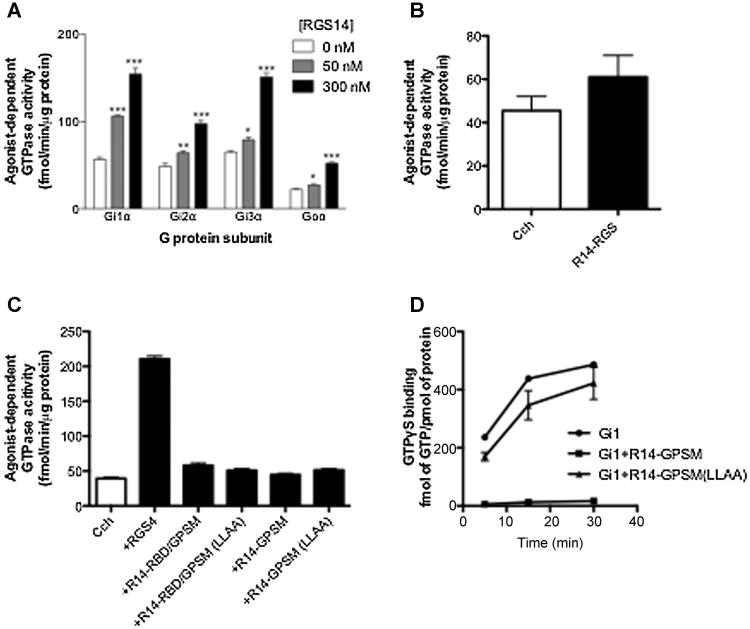Fig. 2. Effect of RGS14 on M2 muscarinic receptor stimulated GTPase activity.
Membranes were derived from Sf9 cells co-expressing the M2 muscarinic acetylcholine receptor plus heterotrimeric Gi1, Gi2, Gi3 or Go. Receptor-/agonist stimulated GTPase assays were carried out at 30°C for 5 minutes with the agonist carbachol (100 μM) either alone or in the presence of full-length RGS14 at indicated concentration (A), R14-RGS (300 nM) (B), or different truncated mutants of RGS14 (1 μM) (C). Nonspecific signal with each membrane was defined as that observed in the absence of RGS protein and in the presence of the inverse agonist tropicamide (10 μM) and this was subtracted to yield the values indicated. (D) Purified H6-Gαi1 (100 nM) was pre-incubated for 1 hour at 4°C in binding buffer in the presence or absence of RGS14 or one of its mutants (1 μM). Binding assays were initiated by adding [35S]-GTPγS. The incubation continued for the indicated times at 30°C. The assay was terminated by adding ice-cold stop buffer. Samples were vacuum filtered through nitrocellulose membranes (Millipore) and washed. Radioactivity was measured using liquid scintillation counting. The nonspecific signal was determined in the presence of 100 μM unlabeled GTPγS, and these values were subtracted to yield specific binding. Data represent mean values ± SEM of at least three independent experiments, #, p < 0.05, compared with agonist in the presence of R14-RGS, **, p<0.01; ***, p<0.001, compared with agonist alone (one-way ANOVA with Tukey's multiple comparison test).

